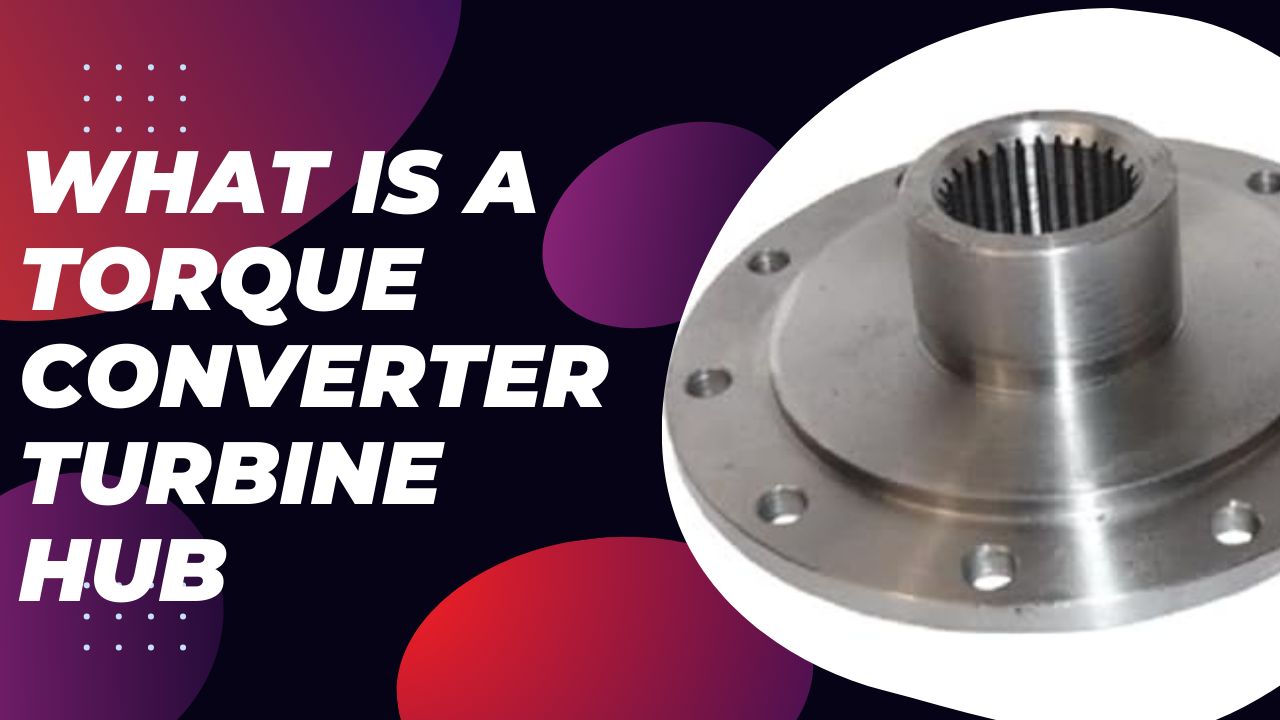Understanding O-Rings and Seals: Essential Components in Modern Engineering
O-rings and seals might seem like small, inconspicuous components, but they play a crucial role in the functionality and longevity of countless machines and systems across various industries. From automotive engines to aerospace applications, these essential components ensure that fluids and gases stay contained, preventing leaks and maintaining pressure. In this blog, we’ll delve into what O-rings and seals are, their types, applications, and why they are vital in modern engineering.

What Are O-Rings and Seals?
O-Rings are circular, doughnut-shaped rings made from elastomeric materials like rubber, silicone, or fluorocarbon. They are designed to be seated in a groove and compressed during assembly between two or more parts, creating a seal at the interface.
Seals come in various shapes and sizes and can be made from a broader range of materials, including metals, plastics, and composite materials. While O-rings are a type of seal, the term “seal” encompasses other types like lip seals, rotary seals, and mechanical seals, each designed for specific applications.
Types of O-Rings and Seals
- Elastomeric O-Rings: Made from materials such as Nitrile (Buna-N), Viton, Silicone, and EPDM, these O-rings are used for their elasticity and resistance to various chemicals and temperatures.
- Metal O-Rings: Used in high-temperature and high-pressure applications, metal O-rings are made from materials like stainless steel and Inconel.
- Lip Seals: Often used in rotating shafts, these seals prevent the leakage of lubricants and the entry of contaminants.
- Rotary Seals: These are designed to seal the interface between a rotating and a stationary component, commonly found in pumps and motors.
- Mechanical Seals: Used in pumps, compressors, and other machinery where a shaft extends through a housing containing fluid.
Applications of O-Rings and Seals
O-rings and seals are ubiquitous in industries such as:
- Automotive: Sealing fuel injectors, engines, transmissions, and air conditioning systems.
- Aerospace: Ensuring the integrity of hydraulic systems, fuel systems, and environmental control systems.
- Medical Devices: Providing leak-proof seals in syringes, pumps, and other medical equipment.
- Food and Beverage: Maintaining hygienic conditions in processing equipment by preventing contamination and leakage.
- Oil and Gas: Withstanding extreme pressures and temperatures in drilling and extraction equipment.
Importance of O-Rings and Seals
The importance of O-rings and seals cannot be overstated. They prevent leaks that could lead to system failures, environmental hazards, and costly repairs. Effective sealing solutions ensure that machinery operates efficiently, safely, and with minimal downtime. Proper selection, installation, and maintenance of O-rings and seals are critical to their performance and the overall reliability of the systems they are a part of.
Selecting the Right O-Rings and Seals
When choosing O-rings and seals, consider the following factors:
- Material Compatibility: Ensure the material is compatible with the fluids or gases it will encounter.
- Temperature Range: Select materials that can withstand the operating temperatures.
- Pressure Requirements: Ensure the seal can handle the system’s pressure.
- Environmental Conditions: Consider factors such as exposure to UV light, ozone, and other environmental elements.
Conclusion
O-rings and seals might be small components, but their impact on the functionality and reliability of systems is immense. By understanding their types, applications, and the critical role they play, engineers and technicians can make informed decisions to ensure optimal performance and longevity of their equipment. Investing time in selecting the right O-ring or seal for the job can save significant time, money, and resources in the long run.



Comments
Post a Comment